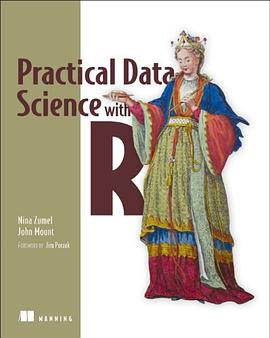Practical Data Science with R
豆瓣
Nina Zumel / John Mount
简介
Simply put, data science is the discipline of extracting meaning from data. More and more business analysts are called to work as data scientists and while it can involve deep knowledge of statistics, mathematics, machine learning, and computer science; for most non-academics, data science looks like applying analysis techniques to answer key business questions. Sophisticated software and, in particular, the R statistical programming language, gives practical data scientists more tools than ever to help make quantitative business decisions and build custom data analysis tools for business professionals.
Practical Data Science with R lives up to its name. It explains basic principles without the theoretical mumbo-jumbo and jumps right to the real use cases you'll face as you collect, curate, and analyze the data crucial to the success of your business. You'll apply the R programming language and statistical analysis techniques to carefully-explained examples based in marketing, business intelligence, and decision support. Using these examples, you'll learn how to create instrumentation, to design experiments such as A/B tests, and to accurately present data to audiences of all levels.
contents
PART 1: INTRODUCTION TO DATA SCIENCE
1 The Data Science Process - FREE
2 Starting with R and Data - AVAILABLE
3 Exploring Data - AVAILABLE
4 Managing Data - AVAILABLE
PART 2:MODELING METHODS
5 Using Memorization Methods
6 Linear and Logistic Regression
7 Using Unsupervised Methods
8 Exploring Advanced Methods
PART 3: RESULTS
9 Evaluating Models
10 Managing Models in Production
11 Building Successful Presentations
12 Presenting to different audiences
13 Deployment Documentation
14 Conclusion
APPENDICES:
A Working With R and other tools
B Important statistical concepts
C Transforming Problems and Data
D Further Reading
